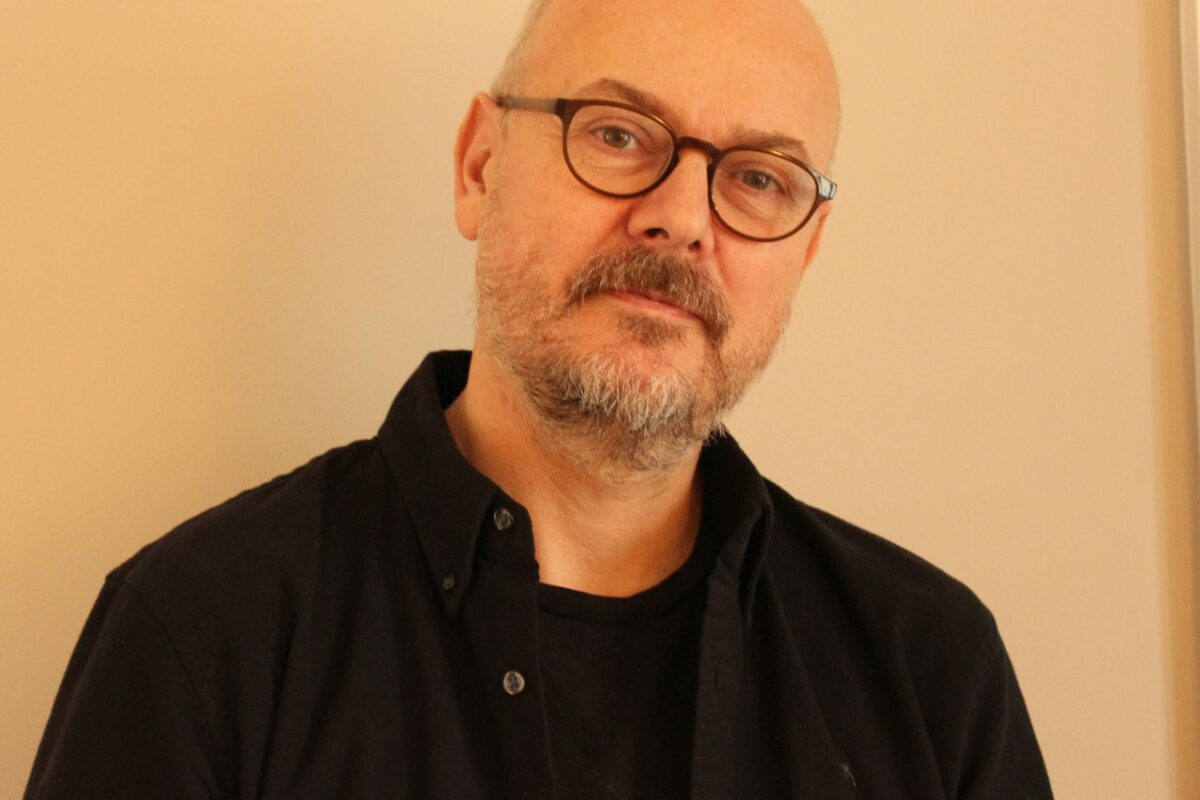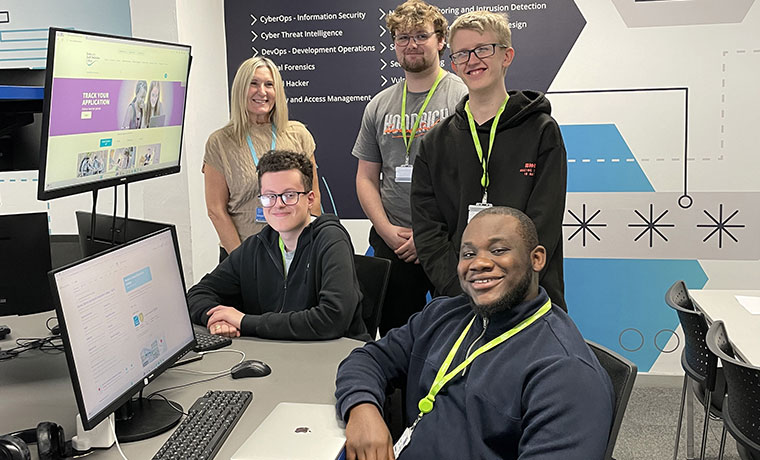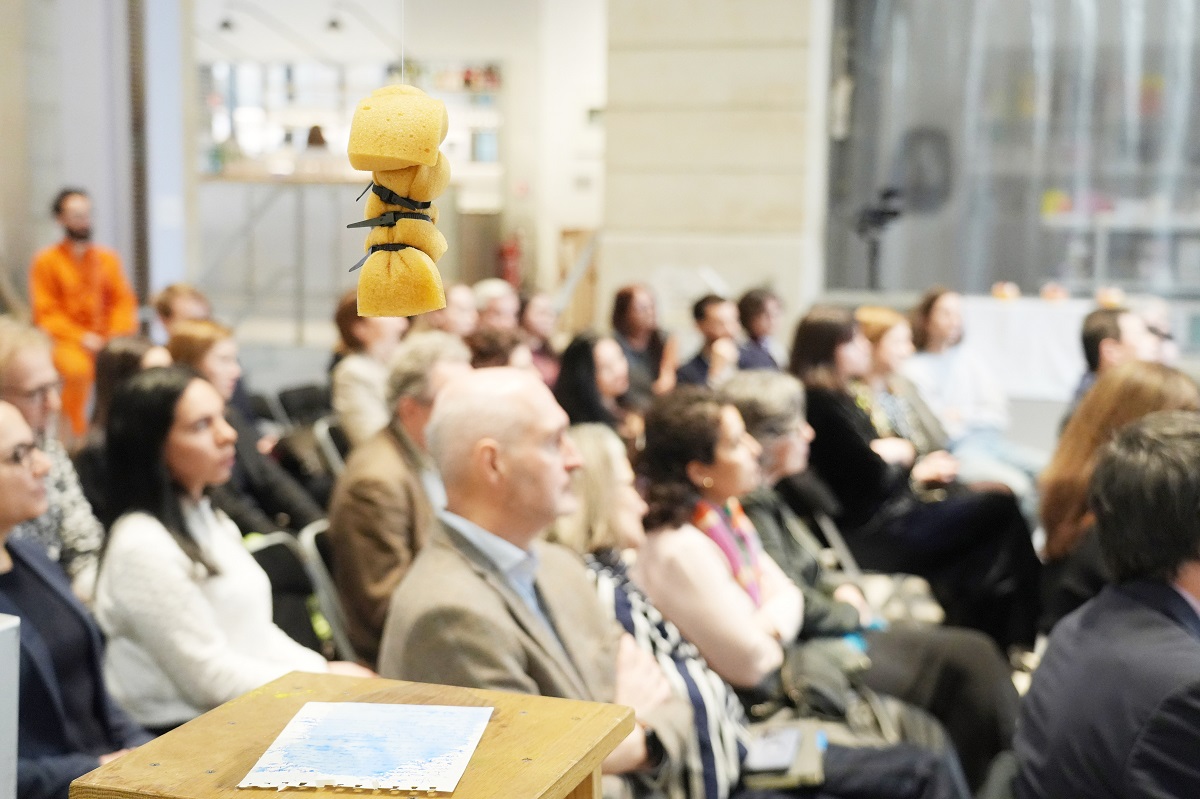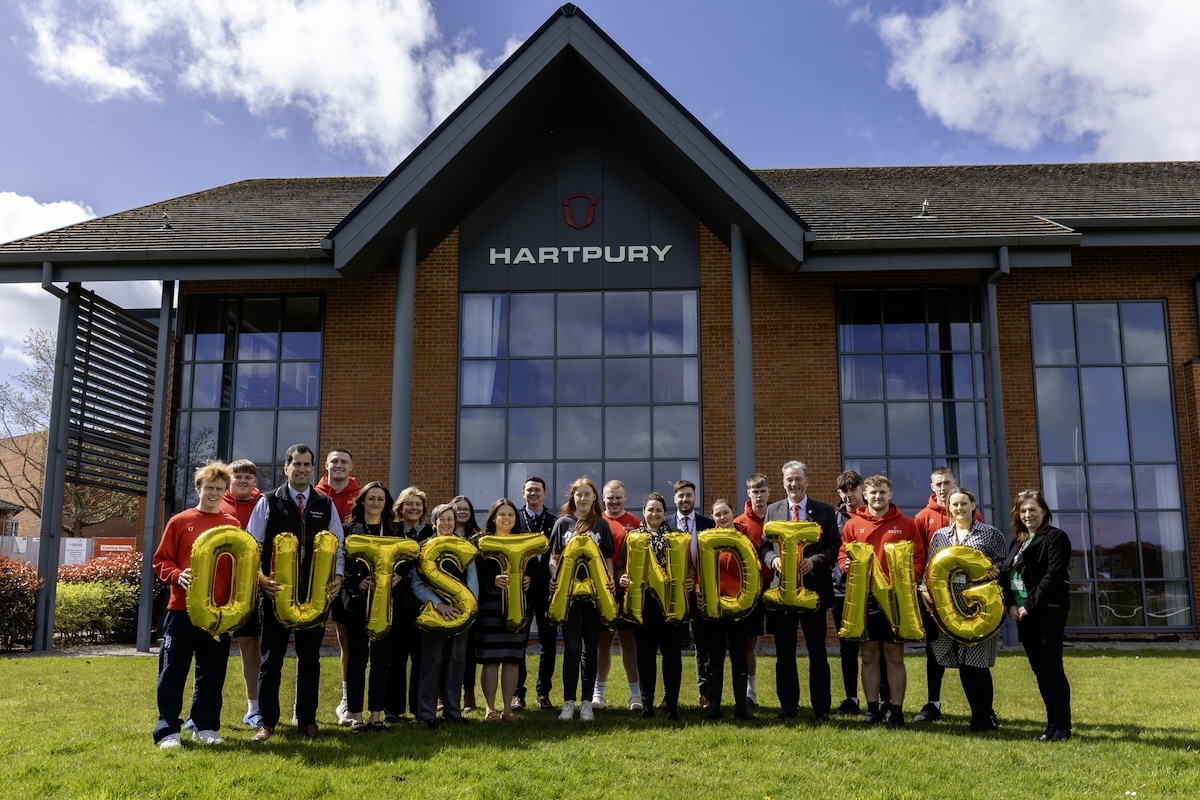IN-BETWEEN SPACES: Re-defining the space for performing arts in a reformed educational world

The recent Department for Education (DfE) consultation response in relation to reforms to Level 3 qualifications for 16–19-year-olds once again outlined and emphasised the three main routes (A levels, T levels and Apprenticeships) and on removing qualifications that overlap with or duplicate these. For those awaiting the announcement it was more or less expected and contained no major surprises. Pleasingly, as the Skills and Post-16 Education Bill proceeds through parliament many expert and eminent figures from across the political spectrum have questioned this view. We now have a growing acknowledgment from government that a rushed or overly reductive approach will not work in the interests of learners, especially in the creative sector.
Interestingly, the polarisation between either a ‘technical’ or ‘academic’ route has helped bring into sharp focus performing arts qualifications, that bridge both of these routes and therefore resist, defy and transcend such binary positioning. Thankfully, the DfE review does recognise this conundrum and references a need for ‘high-quality qualifications in performing arts that provide students with a breadth and / or depth of practical or performance skills that are not available from the equivalent A level. This is very positive news for performing arts students whose progression route into Higher Education has often been through large Applied-General type qualifications.
Breadth & Depth
It is therefore not surprising that the performing arts find themselves in the space in-between the technical and academic. Students studying performing arts qualifications are actively engaged in both technical and academic activities; exercising their muscle memory, emotional intelligence, intellectual enquiry and imagination. They are researching and exploring historical and socio-political contexts, cultural happenings, philosophical concepts, and psychological profiles. They are continually problem solving; analysing texts and scores, interpreting complex ideas, and responding to a plethora of feedback (tutor, peer, audience). And they are routinely evaluating work in progress and critically reflecting that back in their practice. And they are regularly presenting and performing work directly to the public.
They are also mastering specialist techniques, understanding stylistic conventions, and interrogating theatrical forms. Students’ perseverance levels are consistently challenged as they develop and enhance their individual specialisms through daily iterative practice, and this often ‘tests’ their strength of determination and self-motivation.
This plurality of learning experience is complemented and enshrined by collaboration. Teamwork sits centrally within performing arts and that is why theatre groups are often called ensembles or a company. Working collectively towards a deadline, being individually responsible for completing tasks whilst relying on other people to do the same are all easily identifiable transferable skills that employers welcome. It can therefore already be reasoned that Performing Arts qualifications create students who are more world-ready than many other students on more traditional, linear programmes of study.
Stories & Storytellers
Society has a deep-rooted cultural need to tell stories. They help us make sense of the world; allowing us to freely explore the in-between spaces and ‘grey areas’ of human existence. It is through the performing arts, and indeed all creative arts subjects, that students get the chance to step physically and psychologically into other people’s shoes, and see and experience the world from a different point of view.
The final song in Lin-Manuel Miranda’s epic production of Hamilton has the ensemble sing “who lives, who dies, who tells your story”. This provocation is timely in terms of positioning the performing arts in the in-between space of the reformed educational landscape. The performing arts is fundamentally in the business of telling stories, so if that same assertion “who lives, who dies, who tells your story were to be placed centrally inside an educational environment, opportunities would be instantly opened up to help teachers and students create and tell stories on an epic scale. A twentieth-first century global majority curriculum model becomes instantly available; helping us uncover and reimagine who we are and who we hope to be through the stories we tell.
Chimamanda Ngozi Adichie’s Ted Talk, The Danger of a Single Story expertly expands on this as she exposes how a Westernised cannon ‘makes our recognition of our equal humanity difficult’, inherently emphasising ‘how we are different rather than how we are similar.’ Performing arts qualifications are therefore perfectly positioned to intervene; immediately widening the storytelling lens to celebrate a diverse range of new voices and perspectives.
Using Lin-Manuel Miranda’s production of Hamilton again, but looking at it through the eyes of a student studying a UAL Performing and Production Arts qualification, will further help illustrate why performing arts securely occupy the in-between space and demonstrate how a major historical event can be made accessible and relevant for a contemporary audience.
Research & Context
Hamilton validates how a non-arts subject, history, can be ‘taught’ and experienced through the prism of the arts. It also demonstrates how Ron Chernow’s biography of the American Founding Father, Alexander Hamilton can be reimagined by an artist (Lin-Manuel Miranda) and transformed into a collaborative theatrical re-telling. What becomes immediately apparent is how research and context are fusing together with expert practical exploration to bridge the binary spaces between the technical and academic. From a student’s perspective it becomes very clear that it is only through rigorous contextual research that the world of the play can start to be defined, created, and realised. The mind and body are both engaged in this activity and the complexities of American history are explored through both physical action and intellectual enquiry.
Planning and Production
Hamilton also exposes the expansive range of roles at work beyond the performers on stage. From the creative team (Director, Producer, Choreographer, Musical Director) to the design team (set, costumes, props, make-up, wigs) to the production team (Stage Manager, lights, sound, scenery, fly). This list extends further into marketing, learning and participation, administration, finance, front-of-house, and box office. In addition to making students aware of all the potential job opportunities in the performing arts, what this also demonstrates is the scale and diversity of people, skills and experiences involved in bringing the story to life. The £10.8billion economic contribution that the arts and culture industries contributes to the UK economy (2019) could be another area article in its own right, but for expediency will have to be saved for another time.
Problem solving & Practical Skills
From a creative perspective, Lin-Manuel Miranda’s Hamilton innovates the Musical Theatre form by using rap and other non-traditional musical genres to help tell the story and ferociously drive forward the pace of the narrative. At the same time, it harks back to theatre director Peter Brook’s notion of an ‘empty space’, creating a frame for the audience’s imagination to take flight through a set design that is largely open. These artistic choices sit alongside stylised choreography and the fusion of 18th Century with contemporary costume design, all of which would have indubitably created a series of problems for the creative team to seamlessly resolve within the production.
This concept of making complex thinking appear invisible and effortless in performance ironically requires immense hard work, careful thought, and microscopic attention to detail inside the rehearsal room. Performing arts students’ knowledge, understanding and technical aptitude is therefore continually ‘tested’, whilst also having the additional pressure of having to apply it, live, in front of an audience. This learning model is obviously in complete contrast to traditional subjects that tend to have single end-of-year assessments, normally in the form of a timed, written exam, to test if students can remember what they have learnt. It could therefore be argued that the performing arts assessment model become the gold standard in the reformed educational landscape for all subject matters to emulate.
Evaluation & Reflection
Giles Terera’s Hamilton and Me: An Actor’s Journal is a perfect example of critical thinking as he reflects on how he developed the character Aaron Burr in the London production. This insightful account of the intricacies of the creative process once again demonstrates how the performer’s mind and body are stretched to their absolute limits. Terera’s account of his experience on Hamilton perfectly captures and echoes the same depth and breadth of student work occurring across rehearsal rooms throughout the UK on vocational performing arts courses and helps dispel the myth that the performing arts is a ‘soft’ subject.
Audiences & Connection
And finally, and perhaps most importantly, whilst Hamilton may be a story about a group of white historical figures, the production proactively casts black, Latino and Asian actors in these Founding Fathers roles – instantly making the work more immediate and accessible for a contemporary, global majority audience. In doing so, Hamilton positively breaks down cultural boundaries and ingeniously connects a historic story with new audiences who can view and emphasise with these characters from the past on their own terms. If the arts have the agency to document and capture the time in which we live, it is useful to borrow another moment and lyric from Hamilton – when the character George Washington counsels Alexander Hamilton, forewarning him that ‘remember from here on in, history has its eye on you’. A timely lesson for a next generation of story tellers/makers.
Crucially, the performing arts help to bring people together, connect in communion or, as theatre pioneer Robert Lepage declares, helps us to get in ‘contact with the gods’. There remains something uniquely wonderful about one group of people, watching another group of people pretending to be someone else. This, coupled with the ephemeral nature of performance which both lives and dies in the moment, adds to an occasion that is uniquely delicate and visceral. Both the performer and audience know that this congregation and collision of people, in this time and place, will never again be repeated. It could be argued that in an increasingly digital world, these human encounters will become increasingly desired, rarefied and precious – especially post-pandemic where collectivism and connectivity was temporarily suspended, and liveness lost. As we ‘build back better’, the need for new stories skilfully told by new story makers will become ever greater.
Access to the arts is another key driver for this production. The Broadway production of Hamilton was recorded and aired on Disney+ in July 2020 and this immediately provided access to a global audience who were previously unable to be ‘in the room where it happened’ in New York. Lin-Manual Miranda acknowledged the mind-blowing reality that more people will see the production in the first few days of being aired on Disney+ than for the entire five year run at the Richard Rodgers Theatre, which has a seating capacity of 1,300.
Finally – and crucially – the social purpose inherent in Hamilton is mirrored in the deep-rooted thread that runs through all our performing arts qualifications at UAL Awarding Body. Designed to support students to explore and value their own civic role in society; we want to enable a space that develops independent learners, ready to create ideas that challenge, disrupt and make a difference in the world. Students studying for a qualification in performing arts are the world’s future storytellers and makers. And akin to Hamilton, performing arts qualifications cannot be confined by brackets or binary structures. Instead, they will always take root, disrupt, and flourish in the space in-between.
Marc Mollica is the Chief Examiner for Performing and Production Arts at the University of the Arts, London, Awarding Body.












Responses